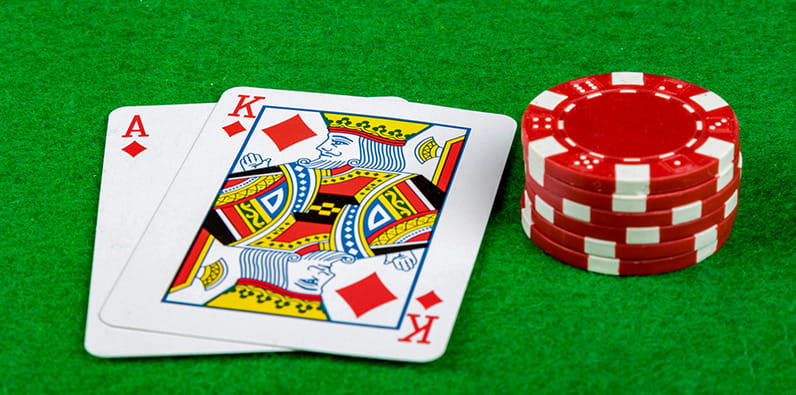This phenomenon is known as volatility, and it’s one of the most important factors that determine the way a slot game plays and feels. Low volatility slots tend to pay out frequently but with smaller win amounts, while high volatility games are risky high-roller experiences that are capable of awarding truly life-changing jackpots but at the cost of less frequent payouts in between those big hits. While the intricate details of these models are closely guarded trade secrets, game developers configure them to achieve the desired Return to Player (RTP) percentage and volatility level. The RTP is the theoretical percentage of all wagered money that will be paid back to players over an extremely long period.
Size of jackpot prizes
The major factor influencing a slot’s volatility is the size of its potential jackpot payouts. The larger and more lucrative the top prizes are, the more volatile and risky the gameplay will be. Think about it this way – for a game to offer a multi-million dollar progressive jackpot, it to be holding onto a higher percentage of bets to fund that massive prize pool. So in between those rarer jackpot hits, the base game payouts are going to be much lower on average.
Mega Moolah is a classic example of an extremely high volatility game because it links together prize pools into one of the largest online progressive jackpots that routinely climb into the millions. While you could theoretically change for a jackpot win of $10 million, the base game itself is very tight and streaks of non-winning spins are inevitable. On the flip side, games with relatively smaller top prizes don’t need to overcorrect by being so miserly on the regular payouts. A game like Triple Diamond has a much more reasonable grand prize, allowing it to strike a balance with lower volatility and a steady flow of smaller but more frequent winnings hitting your balance.
Number of paylines and ways to win
The basic configuration of a slot paylines and ways to win is another core determinant of its overall volatility. Learning to read how paylines and lines intersect on a game board and distribute prizes gives you an idea of the hit rate you expect. Whereas games with an ever-increasing number of Multiday or avenues for lining up winners lead to much more consistent payouts in the base game, bringing down the volatility. For instance, a classic 3-reel, 9-payline slot has very limited paths to a winning combination compared to the hundreds of different ways you could potentially line up symbols on a 5×3 layout with 243 ways to win.
Theme and special features
While not as integral to the core math driving volatility, developers still use thematic elements and game features to telegraph to players what type of experience they should expect in terms of risk level. For example, if you boot up a game with a classic Vegas theme full of flashing casino imagery, dazzling neon lights, and stacks of cash symbols, that’s usually a signal that high-risk, high-reward type of volatile action. In contrast, a game with a relaxing nature concept like Green Valley will likely have a more easy-going feel anchored by frequent but modest payouts.
Beyond just aesthetic signalling, the slot’s bonus features and minigames play a role in shaping the volatility. Jackpot rounds, free spins, multipliers, and other special bonuses generate many of those sizable single-hit wins that create the ebbs and flows of volatile gameplay.


